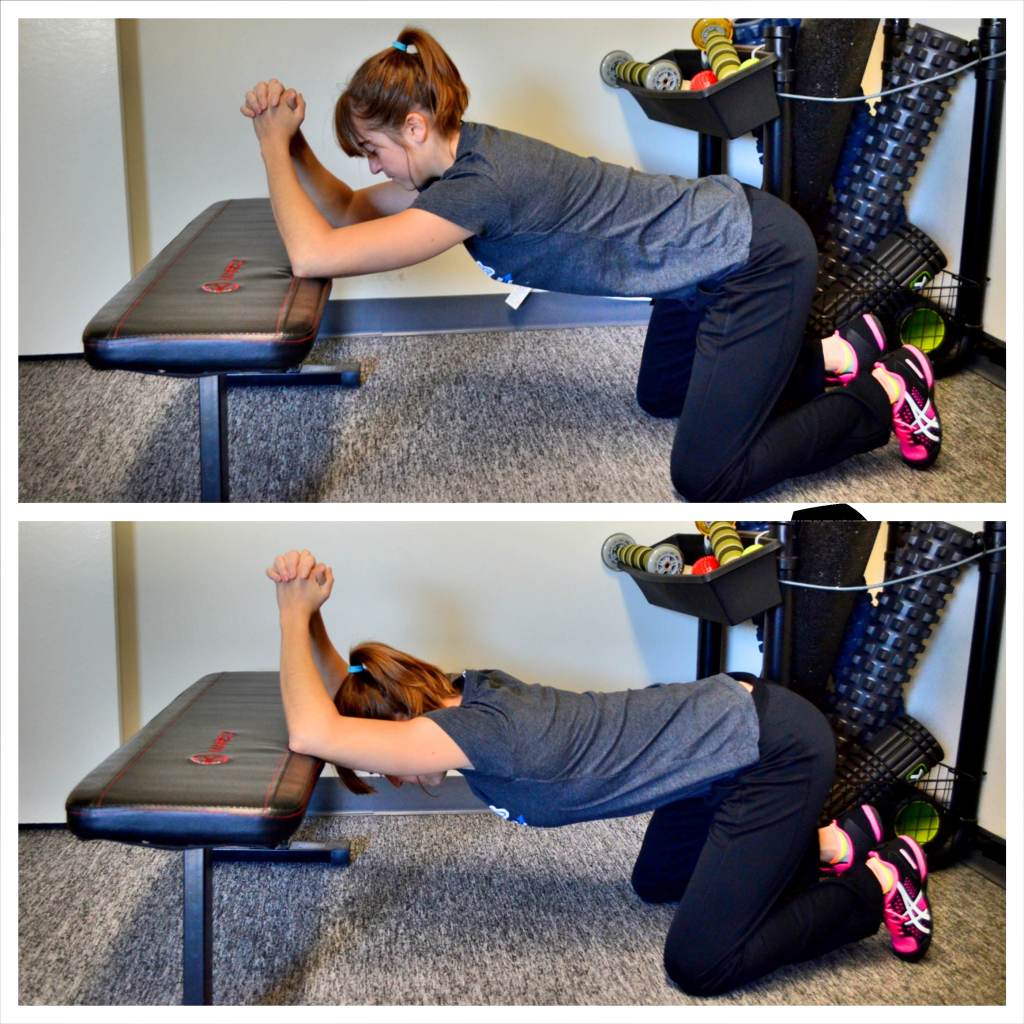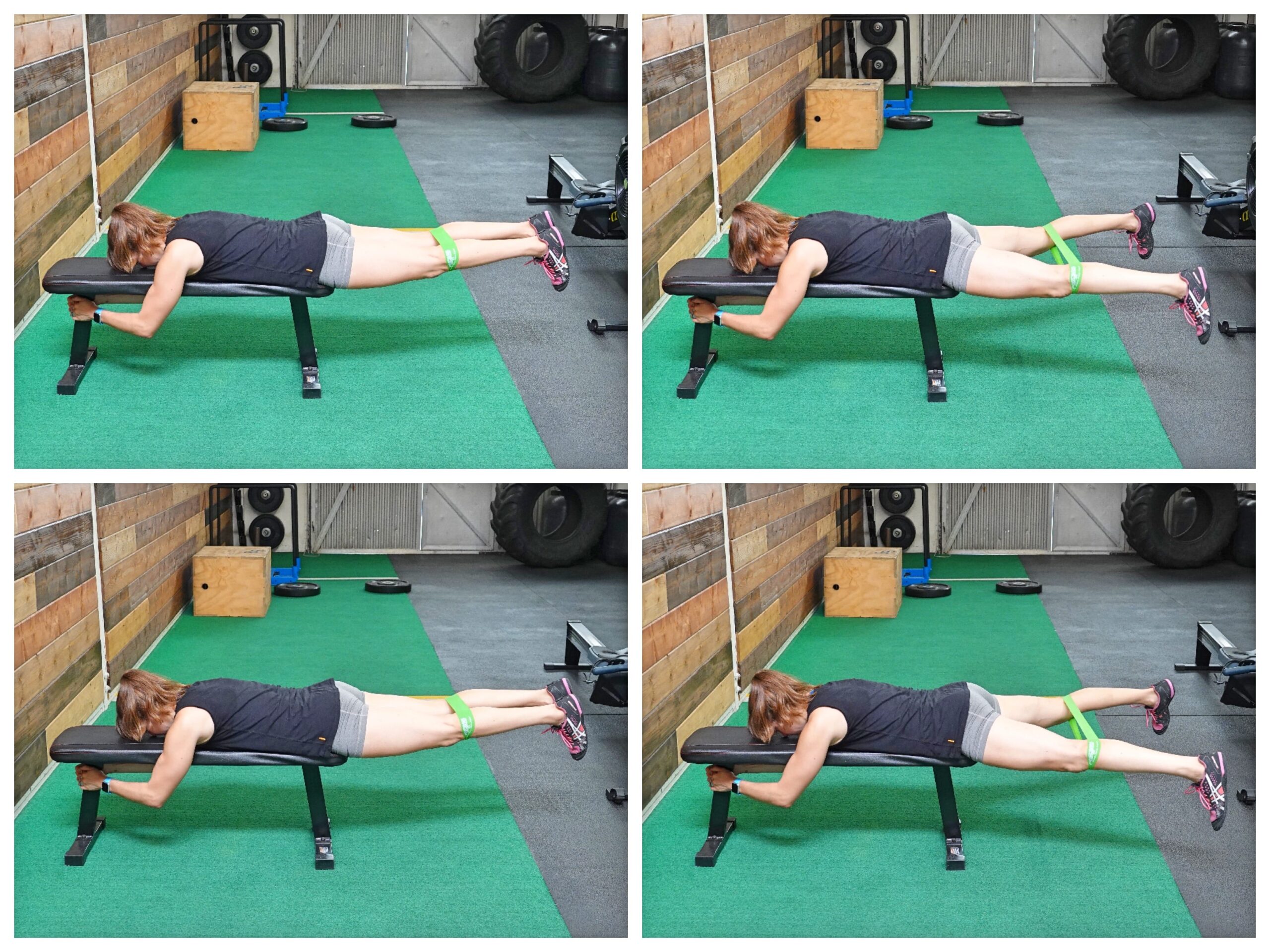If you’ve ever suffered from lower back aches and pains?
You aren’t alone.
Lower back pain is one of the most common injuries, with at least 80% of Americans suffering from lower back pain at some point in their life.
And the worst part? All too often it becomes a continual annoyance.
However, too often in our attempt to prevent future issues, we do exactly the WRONG thing,
So what do you need to STOP doing if you want to truly keep your lower back from continually aching?
And what should you be doing instead?
First let me go over what is often actually occurring leading to nagging lower back aches and pains.
While there can be many different causes, and you always want to get checked out whenever possible to determine what is causing your pain, often our issues stem from our lower back becoming overworked and overloaded.
This occurs because of postural distortions from our modern lifestyles and even compensations and imbalances caused by previous injuries.
That ankle or knee injury you had years ago?
That can create a sequence of events that finally led to overload and your lower back suffering the effects of the build up.
But instead of addressing these others areas of immobility or weakness?
We instead only focus on the point of pain – our lower back.
And often we assume our lower back hurts because it is weak.
We believe that weakness is why it fatigues during moves and why we often feel it during core work.
So what do we do?
We find moves to strengthen it – like Supermans.
But this is often exactly what we should NOT be doing!
While supermans have their place in a proper core strengthening routine, too often we turn to moves like this when we have lower back aches and pains.
And all these moves do is further overload and overwork our already tired back.
They perpetuate the overuse instead of addressing what is actually weak and the areas that actually lack immobility.
So what moves should you be doing instead?
4 Key Moves To Fix Lower Back Pain:
When you’re suffering from lower back pain there are 4 key things you need to address, thoracic mobility, hip mobility, ab activation and glute activation.
You need to make sure you aren’t seeking out extra mobility from your lumbar spine that should be coming from your thoracic spine or hips.
You also want to make sure that your abs and glutes are strong to protect your lower back and prevent it from becoming overworked.
Here are 4 great moves to help you address these 4 keys and avoid lower back aches and pains in the future!
#1: Kneeling Thoracic Extension Stretch

Ever realize you’re constantly hunching over? Whether it’s over your computer, in a car or even just while sitting watching TV?
This constant flexion can lead to limited thoracic extension and thoracic mobility in general. And when our thoracic spine doesn’t extend properly, we may then seek out mobility from other areas to help us mimic proper movement during an exercise.
So if you’ve ever noticed you arch your lower back to keep your chest up as you squat or you arch your lower back to press better overhead, you may need to work on that thoracic extension!
A perfect move to do just that is the Kneeling Thoracic Extension and lat stretch.
To do the Kneeling Thoracic Extension Stretch, kneel on the ground and place your elbows up on a box or bench in front of you. Set up far enough back that you can drop your chest toward the ground, extending your shoulders, as you sit your butt back toward your heels.
Pull a towel tight between your hands to help you avoid your shoulders rotating open as you lower your chest toward the ground.
Then drop your chest toward the ground, focusing on extending your upper back. Brace your abs and make sure you aren’t just arching your lower back as you press your chest down.
You may feel a stretch down the backs of your arms and the sides of your back. Pause for a second then relax out and repeat.
If you can’t get down on the ground, you can also do this as a half wall hang, placing your hands up on a wall in front of you.
#2: Lying Bench Hip Stretch
Stretch out your hip flexors as you activate your glutes to improve your hip extension with the Lying Bench Hip Stretch.
The psoas, a hip flexor muscle, plays a key role in our posture and pelvic positioning. When this muscle becomes tight it can limit hip mobility, which can lead to underactive glutes and your lower back becoming overworked.
Often to compensate for the lack of proper hip mobility, you’ll arch your back during moves. And because your glutes are weak? You’ll try to compensate by using your lower back to lift.
That’s why this a great hip stretch to include. It can really help you relax the psoas as you activate your glutes to control that hip extension.
To do the Lying Bench Hip Stretch, lie back on a bench with your butt right at the edge of the bench. Let one leg hang down toward the ground with your knee bent around 90 degrees as you hug the other knee in toward your chest. Wrap your hands around your shin, right below your knee to hug it in.
As you hug that knee in, squeeze the glute of the leg hanging down to really drive your hip into extension almost as if you’re pressing the heel of that foot through the ground.
Pause then tuck that knee up toward your chest before extending the foot back down toward the ground.
As you extend your hip, squeeze your glute and pause before repeating.
#3: Lying Jacks

If your glutes are underactive and weak, your lower back and hamstrings will try to pick up the slack and work when they shouldn’t.
And either of those muscle groups becoming overworked can perpetuate your lower back aches and pains.
That’s why it is key you activate your glutes so they engage correctly during compound lifts and when you run.
With the Lying, you’ll target not only your glute max, but also your glute medius. This will be key to improving your hip stability.
And you learn how to engage those glutes to even control hip hyperextension. Too often we allow our lower back to become the prime mover in this movement, when really our glutes should be in control.
To do this move, place a mini band around your legs above your knees. Lie on the bench and press your hips down into the bench.
Engage your glutes to lift your legs to about parallel to the ground. Make sure you’re pressing down into the bench and using your glutes over arching your back.
Holding at the top press your legs out and open against the band. Control the press open then bring your legs back together and repeat.
To modify you can do this off the ground. Just make sure you are truly lifting using those glutes and not arching your lower back just to get up higher!
#4: Anti-Rotational Dead Bugs
Being able to avoid unwanted rotation and correctly brace your abs is also key to protecting your lower back. If our abs are weak, our lower back may engage to help us perform the movement.
Anti-Rotational Dead Bugs is a key move to include to help you activate not only your abs but also your obliques to fight rotation and protect your lower back.
To do Anti-Rotational Dead Bugs, anchor a band down low and hold one handle in both hands so your side is to the anchor point. Lie flat on your back with your hands gripping the handle extended straight up toward the ceiling.
Make sure not to shrug.
Engage your abs with a posterior pelvic tilt, tucking your hips slightly up toward your ribs as you lift your feet up off the ground.
Fighting the urge to rotate toward the anchor point, keep your hands pressed out directly above the center of your chest. As you hold, extend one leg out as you keep the other knee tucked in. Slowly bicycle your legs, extending the other out as you tuck your other knee in.
Move slowly. This move is best done for time on each side!
SUMMARY:
If you’re sick of lower back aches and pains, STOP allowing it to become overworked. Improve your thoracic and hip mobility while learning how to correctly engage and recruit your abs and glutes to protect your lower back!
Ready to eliminate aches and pains?! Check out my Injury Prevention Pack.
Foam Roll + Stretch + Activate!



Could you clarify what you mean by anchoring a band “down low”, please. Anchor around what? Thanks
Place the band down closer to the ground where it is held in place – either looped around something or using a door anchor. If you don’t have a door anchor you can make one by knotting a towel and closing it in the door with a band through it.
Could you show a photo of the anti rotation dead bug, please?
It’s at 5:36 in the video 🙂
You have been very helpful
So glad they helped!
Thank you for reason behind each move.
Glad it helps 🙂
Thank you I will be trying these moves.
Glad they help!